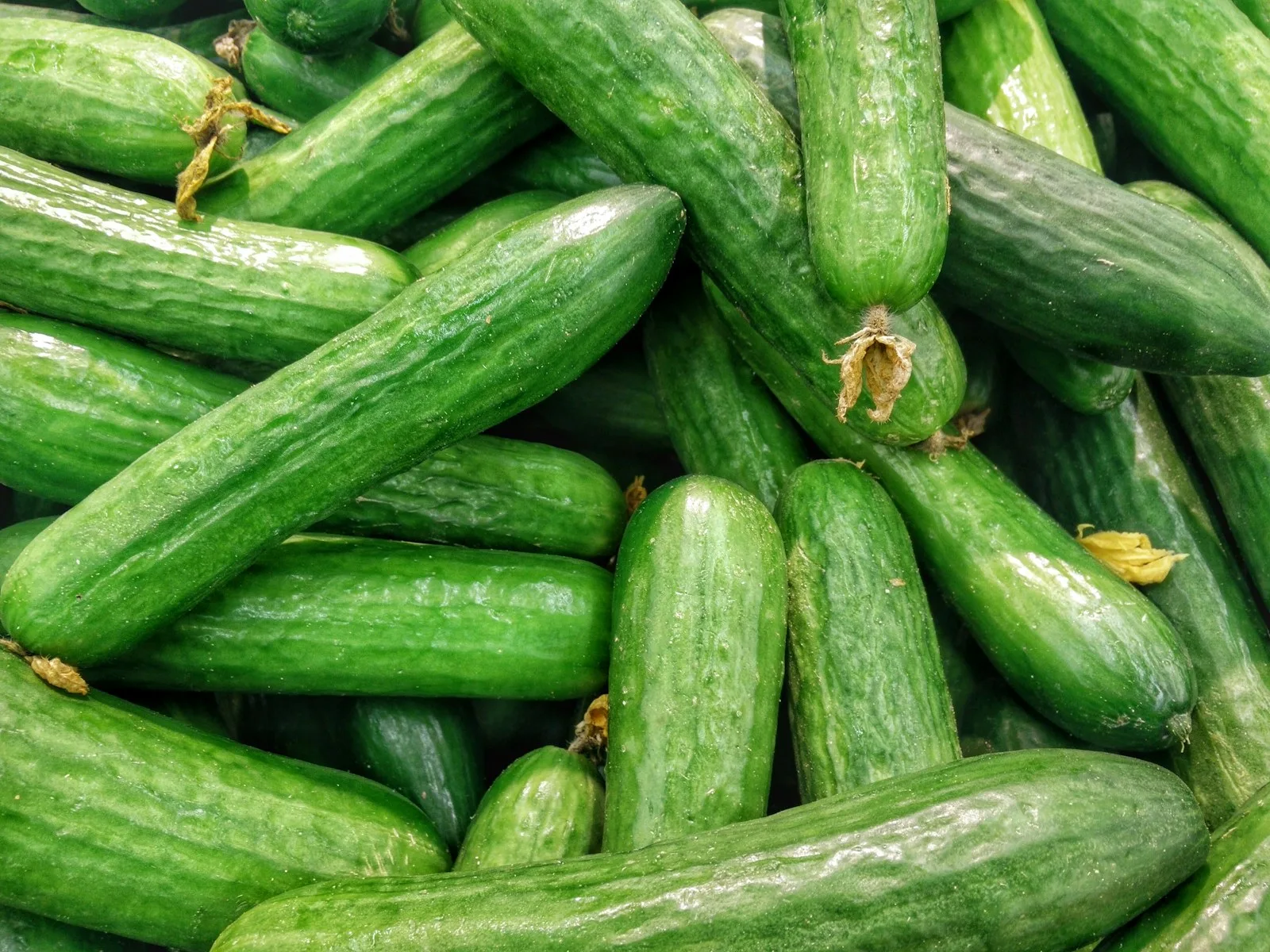
Table of Contents
In the field of gardening, there is a saying that “what grows together comes together”. While this is undoubtedly true when it comes to taste (think corn with zucchini or tomatoes with basil), there are benefits that go beyond food. Having a few Growing certain plants next to each other can really benefit the general health of your garden. Companion planting is the technique of growing plants close together to promote growth, increase yield and protect against pests.
This “Three Sisters” method was used by Native American tribes such as the Cherokee and Iroquois to grow corn, beans, and squash naturally supporting and enhancing each other. According to Trace Barnett, host of Alabama Public Television’s Garden Party, “companion plantings provide nature’s detailed blueprint for enlivening the garden.” Plants can be added intentionally to recycle nutrients, deter insects, and attract pollinators, all of which contribute to a healthy environment. This symbiotic relationship with cucumbers goes beyond simple companionship and creates a garden symphony in which each plant must perform an important function.
There are many factors to consider when selecting companion plants, sometimes known as “plant guilds,” including nutritional requirements, growth rate, and sunlight requirements. It is not advisable to establish tall plants that shade or suppress a slow-growing specimen. Additionally, you should avoid planting plants that compete with each other for soil nutrients.
Here’s our guide to cucumber companion plants.
Legumes

Cucumbers love the companionship of peas, soybeans, and lentils because they replenish soil nitrogen and provide essential nutrients for healthy growth. Pods benefit cucumbers because as they grow, their sprawling vines create a naturally occurring dappled shade that prevents soil erosion and retains moisture.
Corn

Corn serves as a natural trellis for climbing cucumbers as part of the Three Sisters gardening method, which makes the most of the available area. Corn benefits from the large leaves of cucumber because they keep the soil moist and prevent weed growth.
Radishes

Radishes and cucumbers work well together to repel cucumber bugs, which can cause serious damage to your garden produce. Additionally, radishes mature quickly and as they grow, their root systems loosen compacted soil. The same benefits apply to other root crops such as beets, carrots, garlic and onions.
Flowers

Some flowers, such as sunflowers, marigolds and nasturtiums, are good friends with cucumbers. These patterns have pleasing aesthetic qualities, but they also have useful qualities. Lean sunflowers provide a natural trellis for cucumbers to climb, while the scents of nasturtiums and marigolds repel pests such as aphids, cucumber beetles and whiteflies. All of these flowers improve fruit set and production by drawing useful pollinators to your garden.
Dill

Fennel is very useful when grown next to cucumbers because it attracts predatory insects that help rid your garden of pests. Harvest them at the same time to experience the saying “what grows together, goes together” – we’re looking at you, Tatziki. Here, oregano also works great.
What to Avoid Planting with Cucumbers

- Potatoes: Being heavy feeders, these tubers will likely compete with your cucumbers for moisture and nutrients. Additionally, they can be susceptible to blight, which can infect your cucumbers.
- Mint and Sage: These powerful herbs can inhibit cucumber growth and add a strong aroma that changes the flavor of vegetables. If left unchecked, mint can take over the garden and kill off other plant species while taking away nutrients needed for growth.
- Melon: The pungent aroma of melons naturally attracts cucumber-eating insects, while also taking up a significant area that cucumbers need.
READ | 7 Benefits of Eating Cucumber

